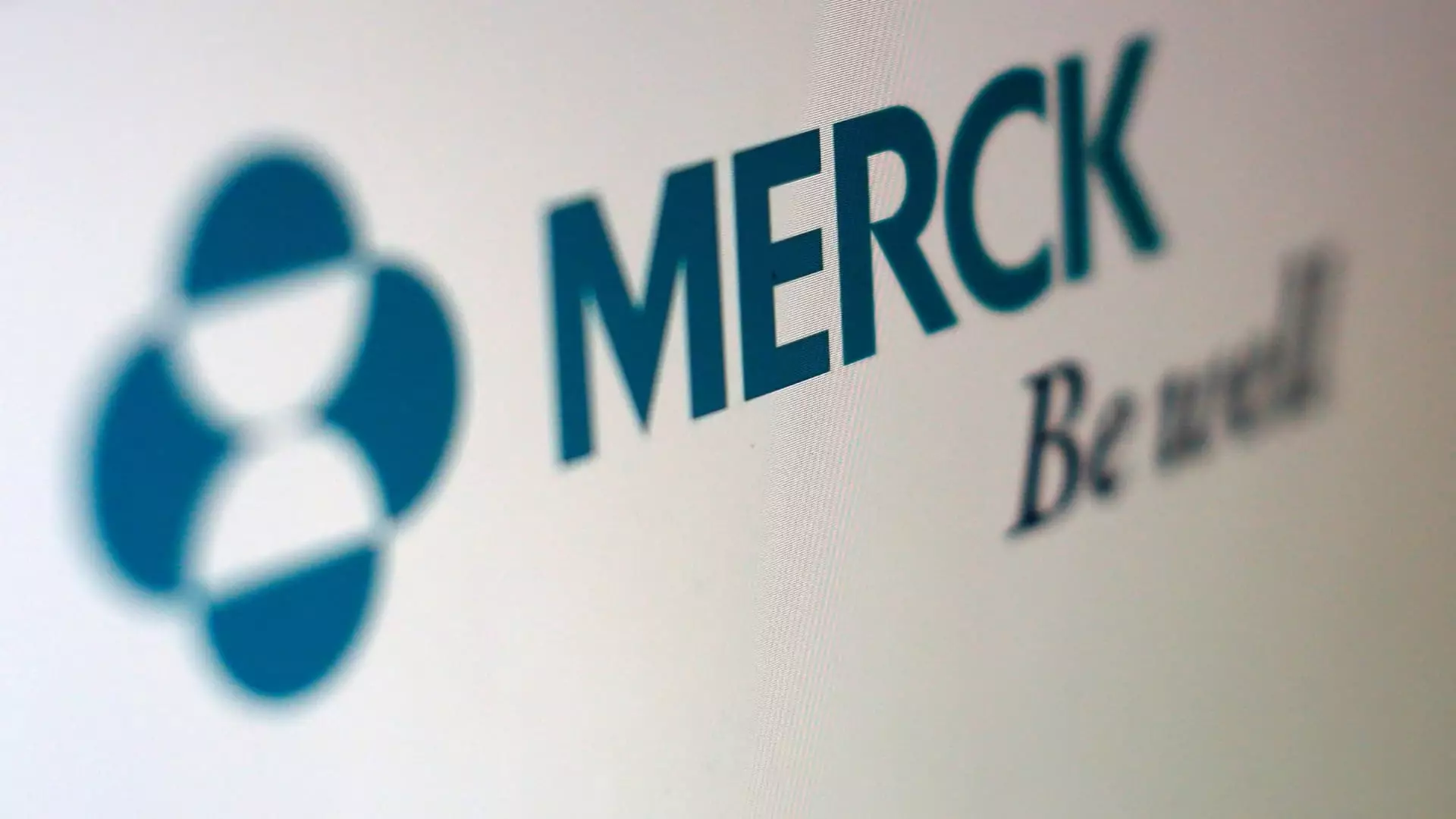Respiratory syncytial virus (RSV) has long been a silent yet formidable adversary, particularly for our most vulnerable population: infants. Each winter, the virus wreaks havoc, leading to a staggering number of hospitalizations and fatalities among newborns and older adults alike. With traditional treatment options falling short, the approval of Merck’s Enflonsia poses a potential game-changer. This new monoclonal antibody treatment, joining the ranks of existing therapies like Beyfortus from Sanofi and AstraZeneca, not only stands as a competitor, but also ignites hope for improved infant health.
The Promise of Enflonsia
In a notable stride for pediatric health, the FDA has granted Merck’s Enflonsia the green light, enabling the launch of a preventive measure against RSV. The clinical trials for Enflonsia show promise; with an astonishing 84% reduction in RSV-related hospitalizations and a groundbreaking 90% decrease in lower respiratory infections, this new drug could significantly alter the trajectory of infant health outcomes. Merck’s commitment to ensuring that Enflonsia is available before the onset of the RSV season demonstrates an acute awareness of the urgent needs of families grappling with this seasonal virus.
Competitive Landscape: Strengths and Weaknesses
While the existence of multiple treatments may initially appear beneficial, it also creates a complicated battlefield for healthcare providers and families. The differences between Enflonsia and its competitor, Beyfortus, are crucial. Notably, Enflonsia can be administered to infants of any weight, eliminating the hassle of weight-based dosing associated with Beyfortus. This aspect not only simplifies the administration process but could also foster greater compliance among anxious parents. However, the fact that both medications target different components of the virus raises questions about how we can fairly assess their efficacy in real-world scenarios.
Though rivalry often drives innovation, it also muddies the waters for families in search of the best option for their child. The competition might push drug manufacturers to ensure quality and availability, a key factor after the short supply issues that plagued Beyfortus during the last RSV season. Sanofi has already committed to ramping up production, yet one has to wonder if the market can support both treatments sufficiently, especially given that their efficacy is not wholly comparable due to their different mechanisms.
The Broader Market Context
Merck and Sanofi are not alone in their pursuit of RSV treatments. With pharmaceutical giants like Pfizer, GSK, and Moderna also dipping their toes into the vaccine realm—albeit focusing on adult and pregnant women—the landscape continues to expand. The anticipated CDC meeting to discuss recommendations for RSV shots will further shape this market. However, the temporary pause on RSV vaccine trials for young children raises questions about the safety protocols being enforced, thus casting a shadow over the entire vaccine landscape.
As the debate rages on, the incremental progress that Enflonsia represents should not be overshadowed. It stands as a testament to the relentless pursuit of innovation in pediatric health, and an indication that the industry acknowledges the dire need for robust options to combat RSV.
Anticipating the Future
What does the future hold for Enflonsia, and by extension, for our children? If initial trial results translate into real-world efficacy, it could drastically shift the response to RSV within u.s healthcare settings. Imagine families approaching RSV season with both anticipation and confidence—armed with a potent tool in the fight against a historically deadly virus.
The shadows of skepticism regarding the reliability of vaccine safety cannot be ignored, but in this moment, we should rally behind this new treatment as a potential lifeline for those at greatest risk. If Enflonsia can do what it promises, it may not just impact individual lives, but could also reshape the narrative around RSV responses at large. As parents, healthcare providers, and policymakers weigh their options, striking a balance between innovation and caution is crucial. The stakes are high, and waiting is no longer an option.

